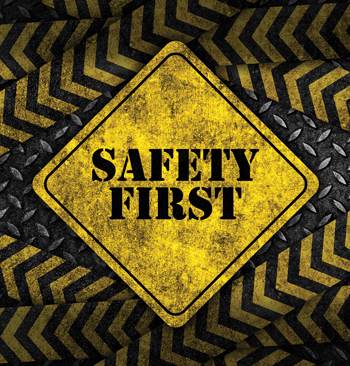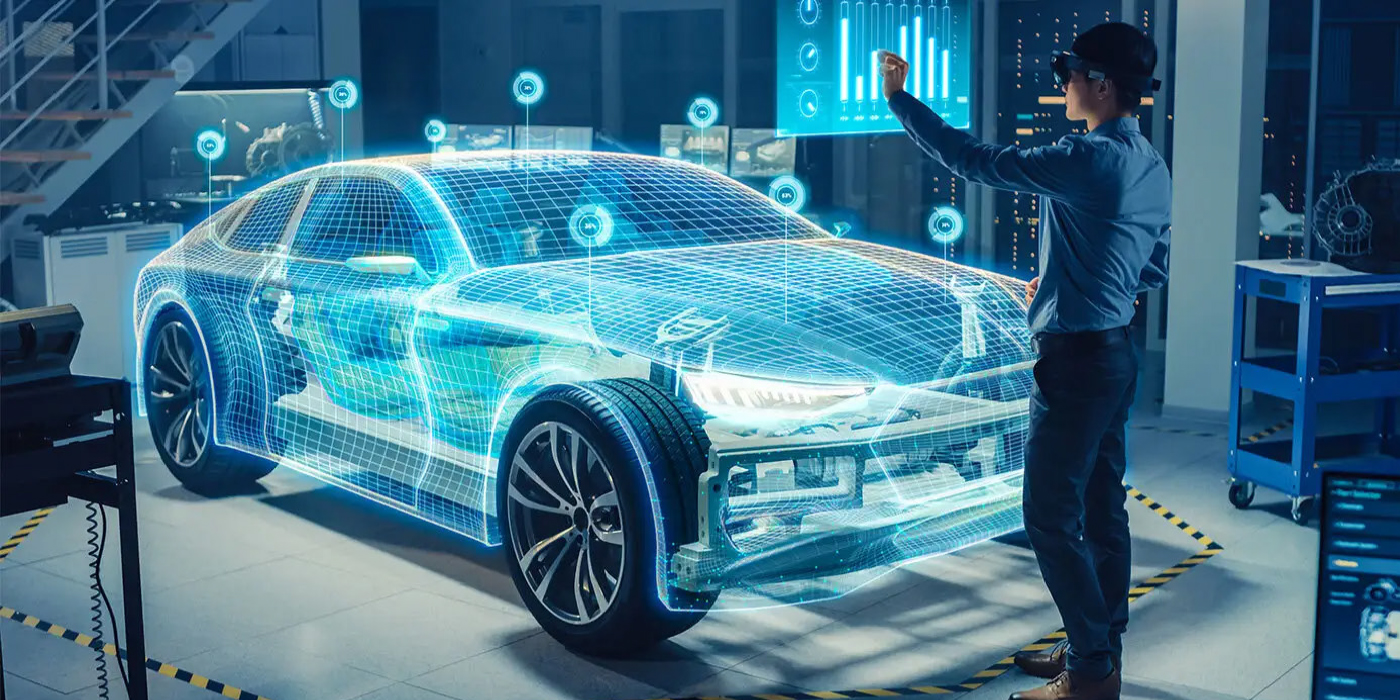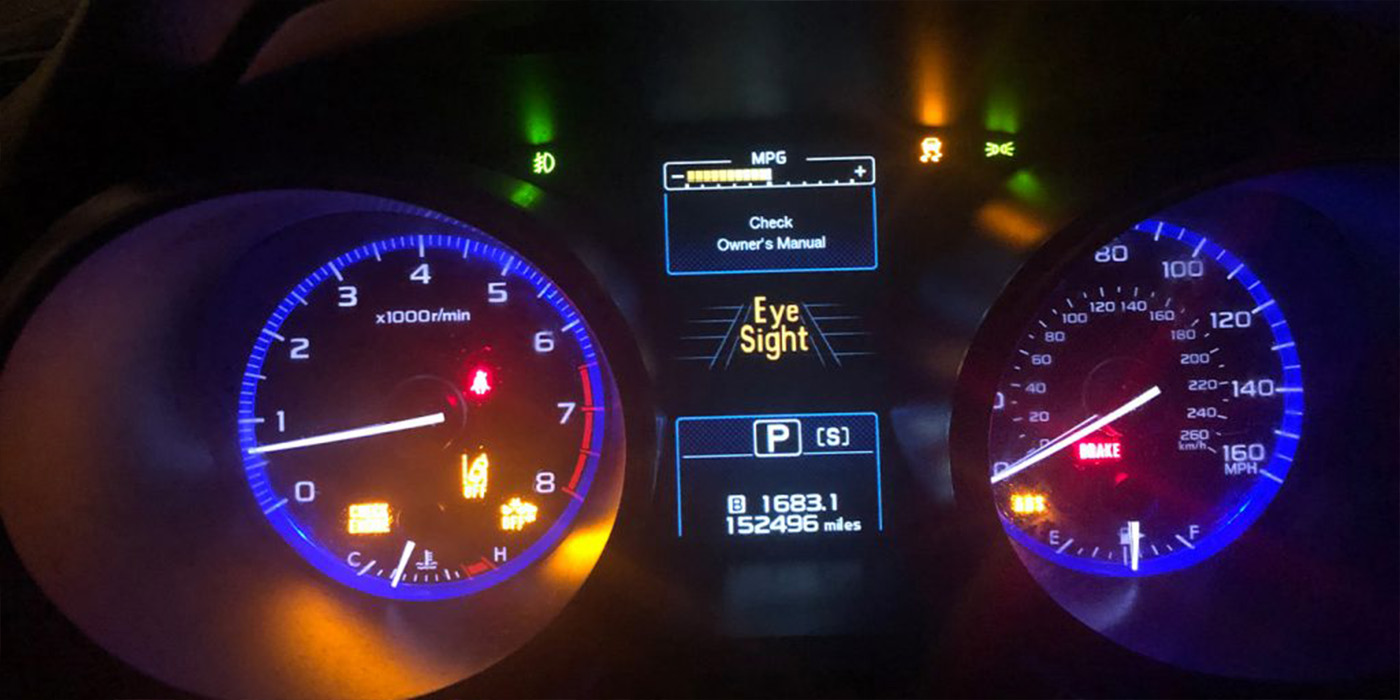By Bob Cooper
President
Elite Worldwide, Inc.
We work with many world-class shop owners throughout North America, and, over the years, we’ve discovered that the majority of them have a number of things in common. Beyond the fact that they are owned and operated by people who have clearly defined goals, the right ethics and a commitment to customer satisfaction, there are a number of other things we’ve discovered about both their facilities and their employees.

So here’s a checklist of 10 criteria that I’m certain can help you take your shop right to the top.
1. The Right Look. The top shop owners in America know that they have only one chance to make a first impression. Not only do they have great websites and well-designed ads, but you’ll find that the appearance of their shops radiates cleanliness and professionalism in every regard. They have professionally constructed signs, ease of access, well-manicured landscaping, convenient parking, secured fencing for any vehicles left overnight, ample lighting and provisions for early-bird key drops. On the inside, these shops are not only clean and well organized, but they are inviting as well. They create this look by being comfortably furnished, by having advisors stationed where they can quickly greet arriving customers, and by avoiding signs that are negative in nature (“employees only,” “no checks accepted,” etc.).
2. Equipment. The top shops have a security system that’s monitored 24/7, complimentary Wi-Fi for their customers, and the repair and service equipment they need to get the job done right. In addition to having safe and well-maintained service bays and hoists, they have computer terminals for each technician, access to outside technical support, repair and estimating software, robust business management software programs, web-based part ordering systems and CRM programs that will keep them connected with their customers. In addition, they have computer terminals in quiet environments, which allow their employees to participate in web-based training in an uninterrupted way. Many of our top coaching clients also have two-way radios assigned to each technician, and many have now installed videos systems that allow their customers to go online and see their vehicles in the service bays.

3. Services. World-class shop owners know that their customers look for a number of things when it comes to auto repair and service. Beyond good service, value and integrity, the top shops in America offer their customers service and repair options whenever possible. They provide warranties that are at least 24 months in length, are always clearly written and, in many cases, are valid nationwide. These shops also accept all the major credit cards, they offer financing on approved credit, they have a shuttle service or loaners available, and/or they offer discounted rental cars.
Lastly, as a customer service, the top shops in communities with a high concentration of people who speak a primary language other than English will typically employ at least one advisor who is bilingual.
4. Systems. The industry leaders we know realize they need to have well-designed systems in place to ensure efficiencies, as well as customer satisfaction. This is why all these top shops have clearly defined diagnostic packages, written phone procedures, vehicle inspection forms, time keeping methods to track productivity and efficiencies, quality control inspection sheets, written sales procedures, estimate forms, written car delivery procedures and customer follow-up systems.

5. Parts. Our top clients are willing to spend a little more money in order to get the highest quality parts for their customers. They realize that inexpensive parts cannot only lead to premature failure and costly comebacks, but they can also lead to the loss of customers and a tarnished reputation.
6. Pricing & Integrity. The top shops in America provide their services at very competitive prices. I’m not suggesting that they offer the lowest prices or the highest prices, but for the value delivered, and when compared to other shops in their community that offer comparable services, the top shops are extremely competitive. These shops also use a pricing system that ensures any two customers who receive identical services within the same period of time, on identical vehicles, will be charged the same amount. Beyond differences that occur due to discounts (senior citizen or military discounts, for example), or variances in the service, they want to ensure there is integrity in their pricing.
7. The Right People & The Right Training. The most successful shop owners in America realize that they need to have extraordinary people working with them. They employ certified technicians who own tools that are commensurate with their level of skill and experience. They also employ service advisors who have a natural talent for dealing with people, and who are committed to never putting money ahead of people. We have also discovered that many of our coaching clients have followed the medical profession’s lead by now making it mandatory that their technicians and service advisors complete a predetermined number of days in training each year.

8. Employee Safety. The world-class shops have the appropriate workers’ compensation insurance in place to protect their employees, and the proper safety programs and equipment. In many cases, they have drug-free workplace programs in place, as well as policies that prohibit cell phone use while at work.
9. Community Involvement & Environmental Consciousness. There is no question that the top shops are engaged in their communities. Beyond their involvement with community activities, such as youth soccer and little league, they are typically involved with social causes and charities (MADD, blood drives, etc.). They are not only compliant with all relative laws when it comes to handling hazardous materials, but the top shops are also environmentally friendly (green) in every regard. These owner/operators diligently work at protecting the environment in every aspect of their business through recycling, low-energy lights and appliances, skylights when possible and e-communications rather than print.

10. A Record of Customer Satisfaction & Adequate Insurance. The leading shops in America have had very few, if any, lawsuits or consumer complaints filed against them. They are well insured to protect their customers, as well as customer vehicles left in their custody. In order to ensure customer satisfaction, the top shops use a multitude of methods to solicit feedback, and follow-up with their customers. They use mirror hangers that customers can fill out and mail in with their comments, they use third-party follow-up call services and follow-up e-mail services, and they use outside companies to record phone calls so they can monitor the quality of service provided to their customers. More often than not, these shops are also willing to provide complete refunds, and go to arbitration with any customer complaint.
In closing, I’m not suggesting that if your shop meets all of the above criteria, then your business will unquestionably go to the top, but there is a promise that I can make you: If you put your focus on people rather than on money; if you hire employees who have the right attitude, aptitude and ethics; and if you then implement the information in this article; then you are going to do a lot more than just grow a great company. You are going to help a lot of people in your community, you’ll create a great work environment for your employees, and you’ll earn a really good income, all at the same time.
For the last 20 years, Bob Cooper has been the president of Elite Worldwide, Inc. (www.EliteWorldwideStore.com), offering shop owners sales, marketing and employee management audio training courses available for instant download. The company also offers coaching and service advisor training services. You can contact Bob at [email protected], or by calling 800-204-3548.













